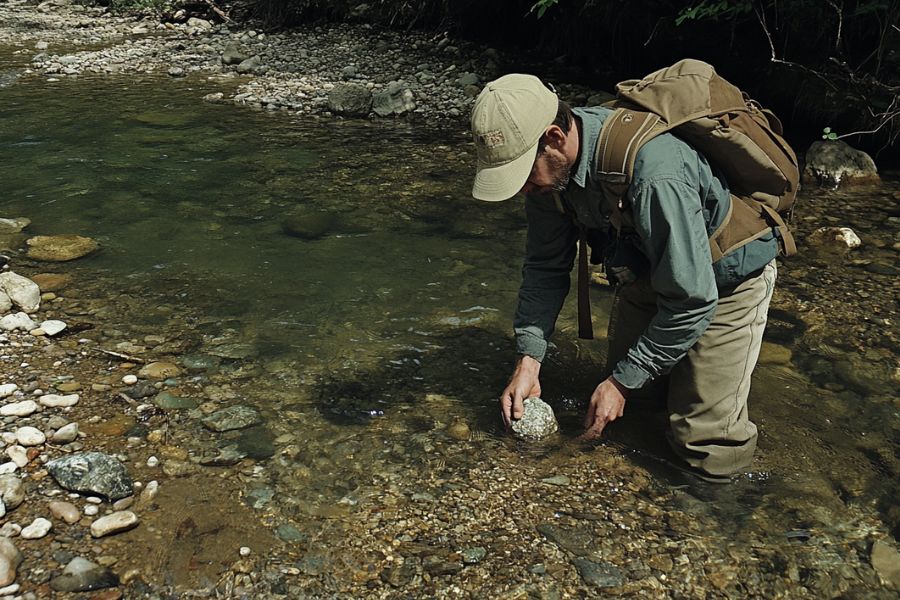From the Blue Ridge Mountains to the Atlantic Coast, from the Virginia border to South Carolina’s edge, North Carolina’s diverse landscape holds hidden treasures.
But moonstone hunters often struggle to find reliable spots in the state, wasting time and energy on fruitless searches. We understand your frustration. That’s why we’ve done the legwork for you.
Today, we’ll reveal the 6 best places to find moonstones in North Carolina. We’ve sourced these locations carefully to save you time and ensure you’re looking in the right places.
Get ready to uncover these mesmerizing gems in the Tar Heel State’s most promising sites.
How Moonstone Forms Here
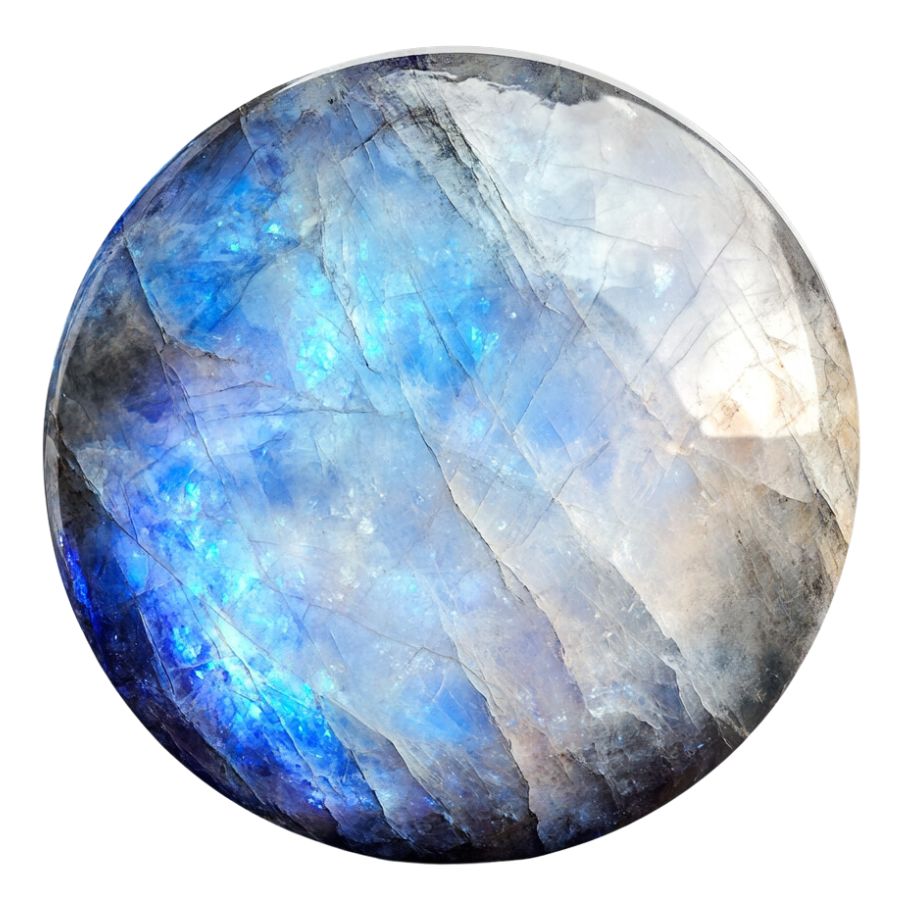
Moonstone starts as feldspar, a mineral made of aluminum and silicate. As the rocks cool slowly, two types of feldspar—orthoclase and albite—separate into thin layers. As the layers solidify, they create the stone’s unique internal structure.
The stone’s color, usually milky white with a blue or peach glow, depends on the thickness of these layers and how they catch the light.
When light enters the stone, it scatters between these layers, producing a moonstone’s signature shimmering glow called adularescence. This optical effect makes it appear as if light is floating beneath the surface.
Over millions of years, plate tectonics push the moonstone deposits closer to the surface where they can be mined. The rarity and specific geology needed to create moonstones add to their mystique as one of the world’s most magical gemstones.
The Types Of Moonstone
Our state is a treasure trove of stunning moonstone varieties. These natural wonders come in various forms, each with its own unique charm and allure:
Blue Moonstone
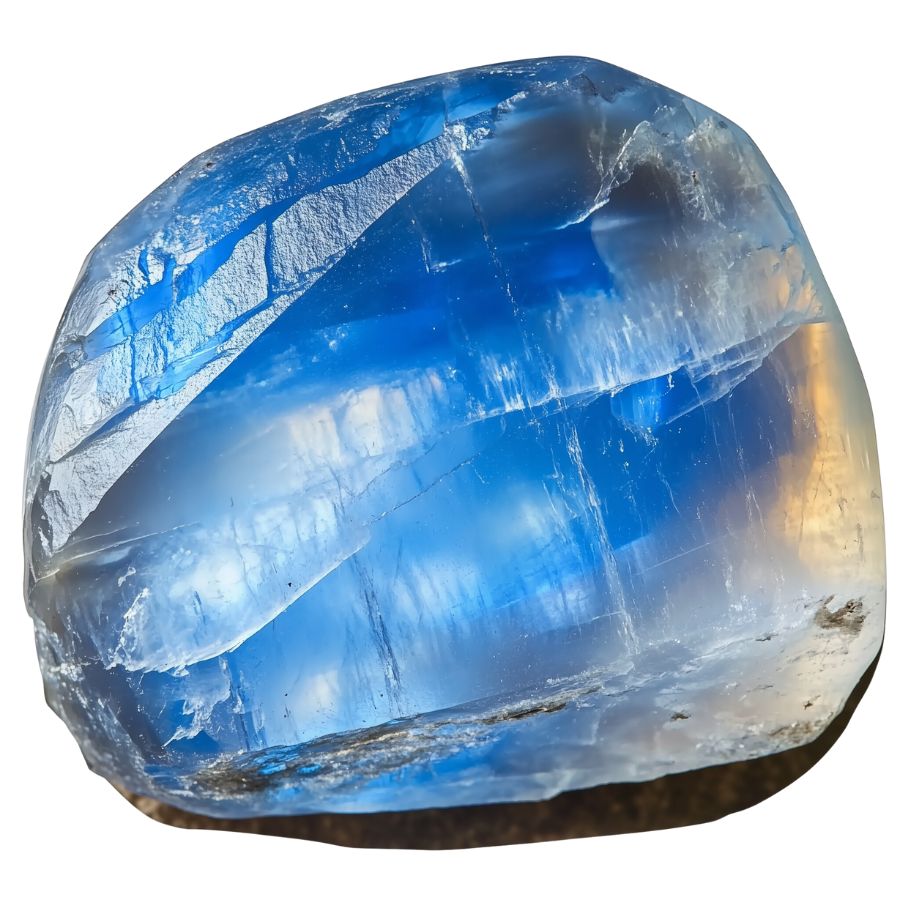
Blue Moonstone is known for its transparent to translucent body with a floating blue sheen on the surface. This sheen, called adularescence, is caused by light reflecting off layers of minerals within the stone.
The most prized Blue Moonstones have a strong blue color and perfect clarity. This makes them stand out from other types, which might be colorless or milky.
What’s special about Blue Moonstone is its ethereal glow. The adularescence creates a soft, shimmering light beneath its surface. This unique optical effect, combined with its rarity, makes it popular among collectors and jewelry enthusiasts.
Rainbow Moonstone
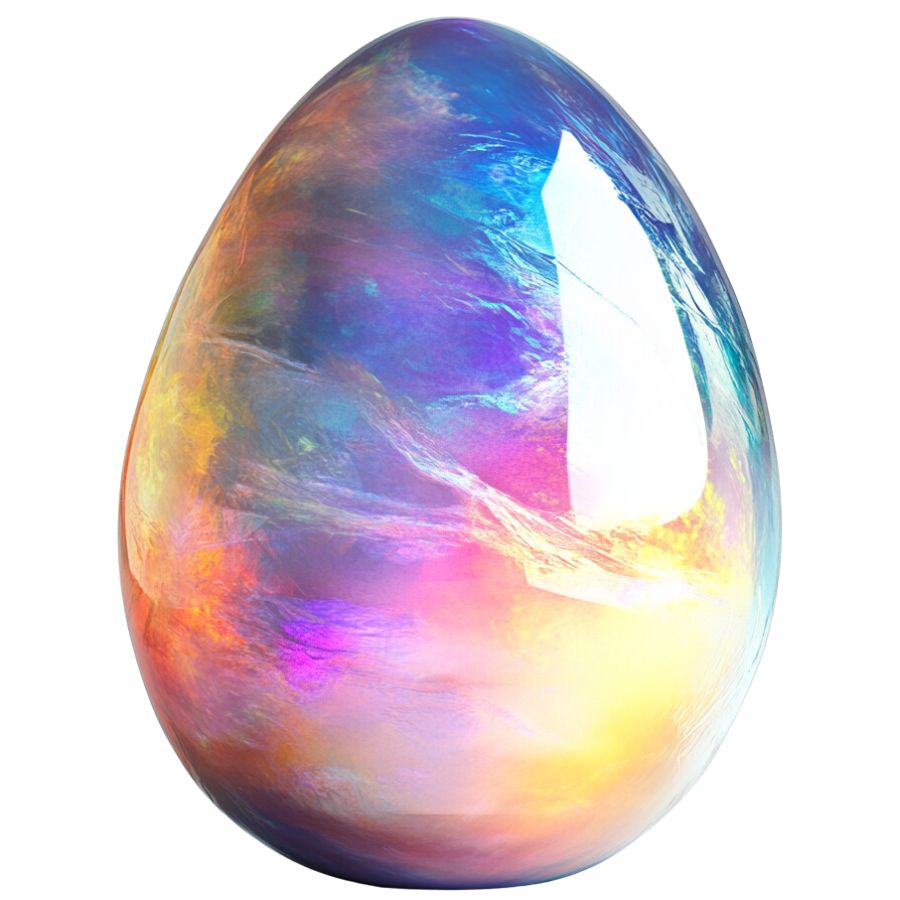
Rainbow Moonstone is famous for its labradorescence, a colorful sheen that shows a spectrum of colors like blue, yellow, orange, and purple. This effect is especially striking against its white body color, giving it a radiant appearance.
Unlike traditional moonstones, Rainbow Moonstones’ play of colors is more vivid and varied. It’s often confused with labradorite but can be distinguished by its pearly sheen and more transparent body.
Some Rainbow Moonstones contain inclusions of black tourmaline, visible in untreated stones. This gemstone gained popularity during the Art Nouveau period and continues to be favored in modern jewelry for its unique optical effects.
Pink Moonstone
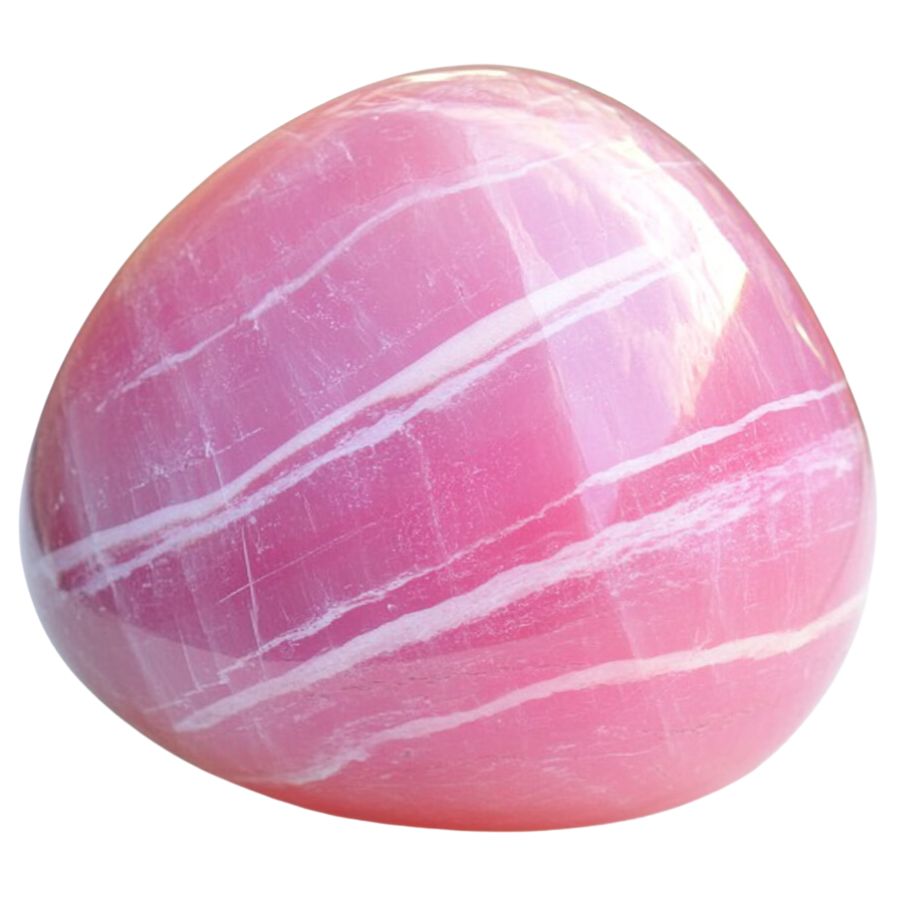
Pink Moonstone shows a delicate pink or peach hue, ranging from honey to beige. Its color is soft and subtle, setting it apart from other moonstones with more vibrant shades.
This stone has a pearly or vitreous luster and is generally translucent. High-quality Pink Moonstones often display a white sheen on the surface. Some specimens can even show a cat’s eye or star effect due to their unique internal structure.
Pink Moonstone is one of the rarest varieties of moonstone. Its delicate color and unique optical effects make it highly sought after. Unlike Pink Opal, which is more opaque, Pink Moonstone is characterized by its iridescent sheen.
Star Moonstone
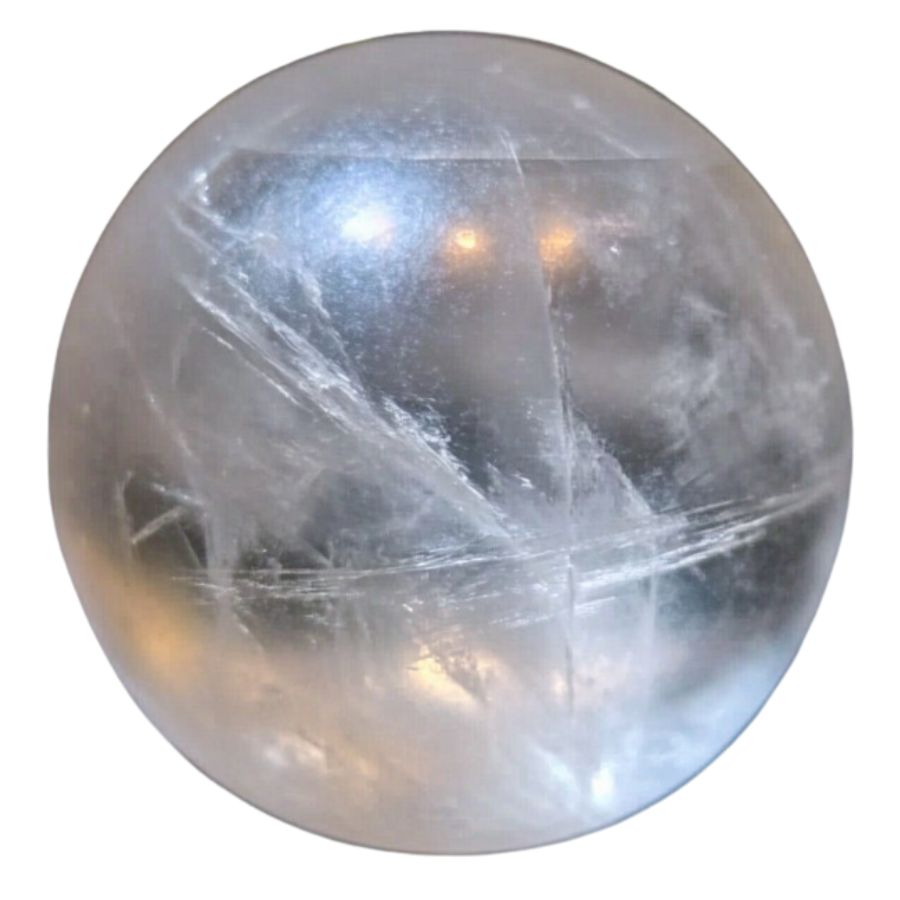
Star Moonstone shows a unique optical effect called asterism, creating a four-pointed star pattern on its surface. This happens because of needle-like inclusions in the stone that reflect light in a special way.
These moonstones are usually translucent to opaque, with colors ranging from colorless to shades of blue, gray, or white. The star effect is best seen when the stone is cut into a cabochon shape.
Star Moonstone is rarer than other types, making it highly desirable. The strongest and most well-defined stars are often found in specimens from Sri Lanka.
Peach Moonstone
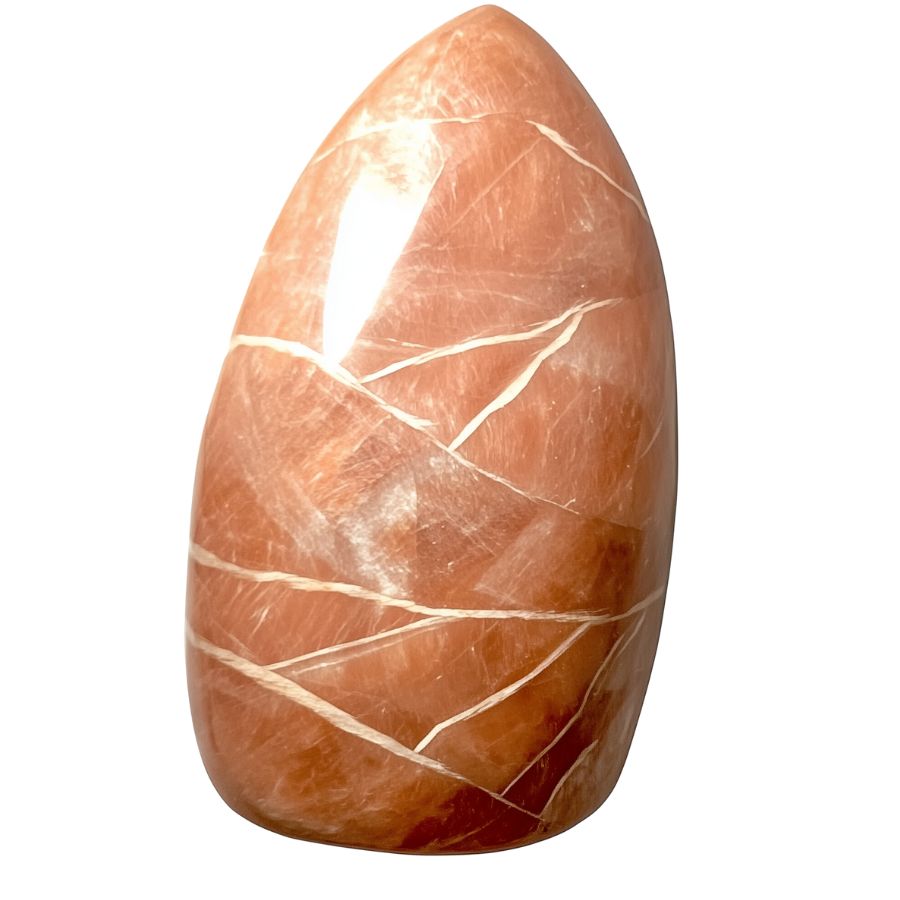
Peach Moonstone stands out with its soft peach or orange hue, ranging from pale to more intense shades. It has a shimmering effect called adularescence, which creates a glowing appearance under certain light.
Unlike other moonstones, Peach Moonstone’s glow is more subdued and warm-toned. It’s generally translucent to semi-transparent, allowing light to pass through and enhance its beauty.
What’s special about Peach Moonstone is its rarity. This scarcity makes it desirable among collectors and jewelry makers.
Its warm tones are particularly favored in designs aiming for a soft, romantic look. The unique color and rarity of Peach Moonstone set it apart in the world of gemstones.
Brown Moonstone
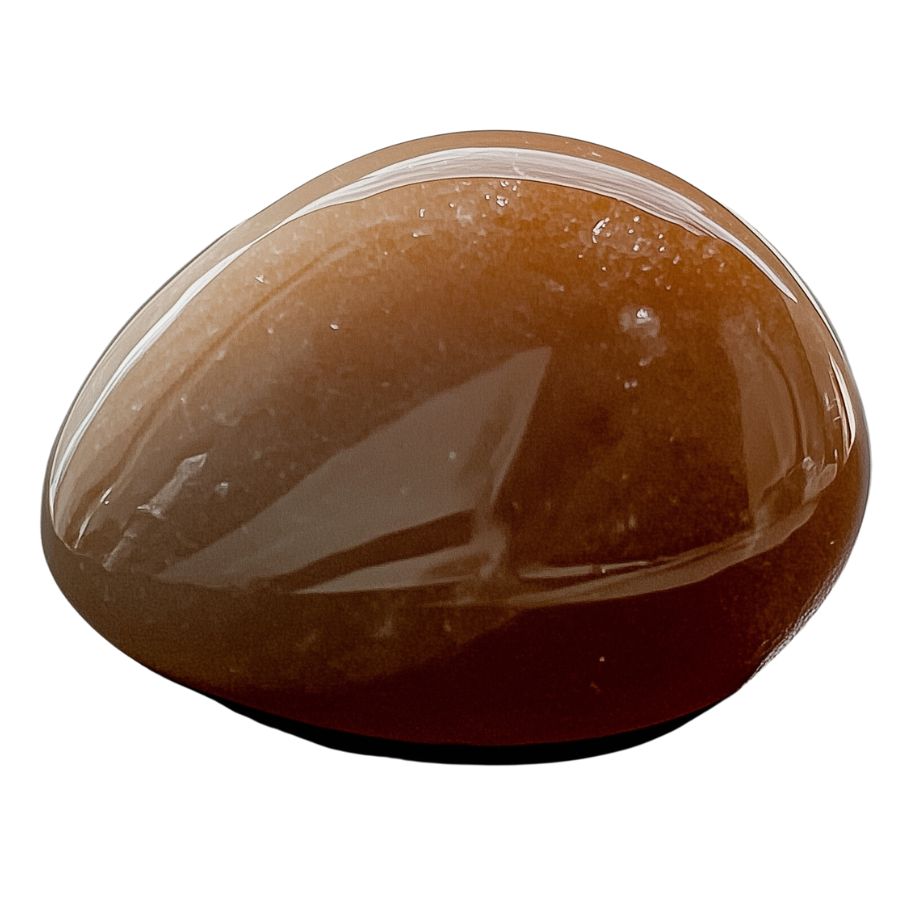
Brown Moonstone has a warm, earthy color that ranges from light honey to deep chocolate brown. It’s translucent to opaque and shows the typical moonstone glow, caused by light scattering between layers of different minerals inside the stone.
What makes Brown Moonstone unique is its rarity compared to other colors like white, gray, and rainbow. The brown color comes from iron impurities in the stone.
Brown Moonstone doesn’t show a strong play of color or iridescence like other moonstones. Its subtle beauty lies in its rich, earthy tones and soft glow. This makes it a distinctive choice for those who appreciate understated elegance in their stones.
Cat’s Eye Moonstone
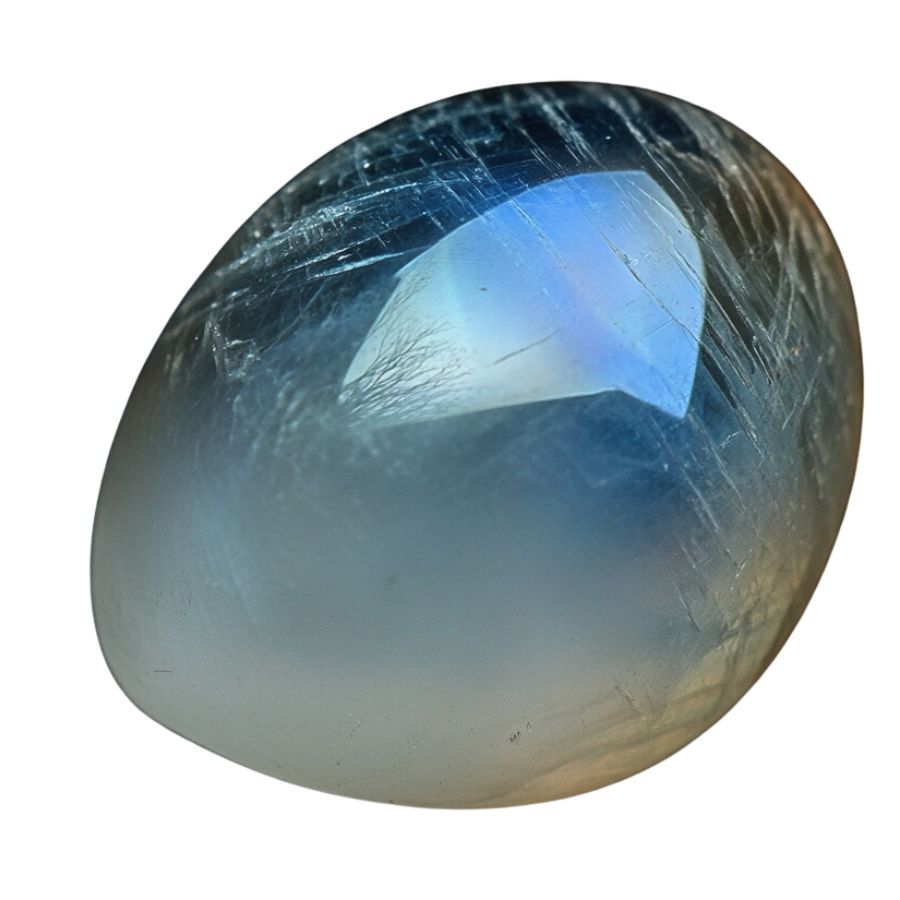
Cat’s Eye Moonstone is known for its striking appearance. It has a translucent body with a narrow band of light that moves across the surface, looking like a cat’s eye. This effect, called chatoyancy, is caused by tiny needle-like inclusions in the stone.
What sets it apart from other moonstones is this cat’s eye effect. While other moonstones might have a blue sheen, Cat’s Eye Moonstone is all about this moving line of light.
The chatoyancy in Cat’s Eye Moonstone is highly sought after. It’s more valuable than standard moonstones because of how rare it is to find high-quality pieces with strong chatoyancy. This unique look makes it a favorite among collectors and stone enthusiasts.
Green Moonstone
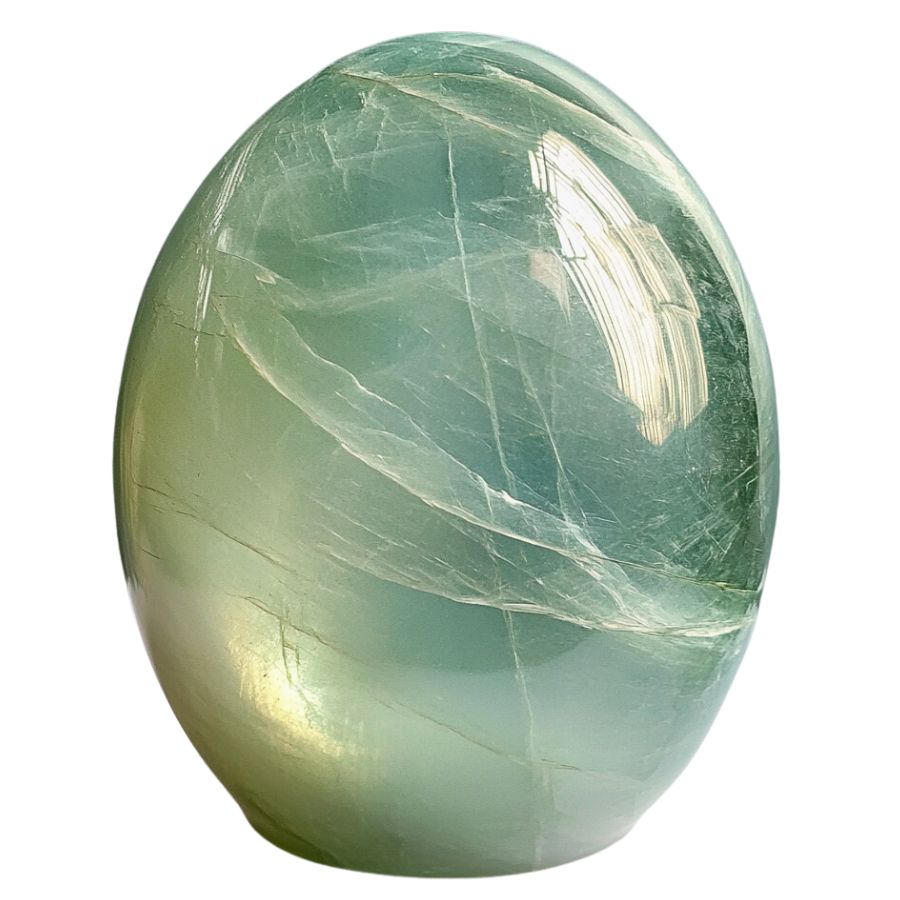
Green moonstone captivates with its soft, pastel green hue and subtle white sheen. Unlike other moonstones, it often displays a velvety texture that’s pleasing to both eye and touch.
Each green moonstone is unique, with color variations ranging from faint green streaks to more pronounced green hues within a milky white base. This diversity means no two stones look exactly alike.
The stone’s green color comes from its high nickel content, making it a rarer find in the moonstone family. This unique composition sets it apart and makes it a favorite among collectors who appreciate its distinctive appearance.
What Rough Moonstone Looks Like
It’s important to understand what a rough moonstone looks like to know what you’re looking for. Here are a few things to keep an eye for:
Check for a Glassy or Waxy Luster
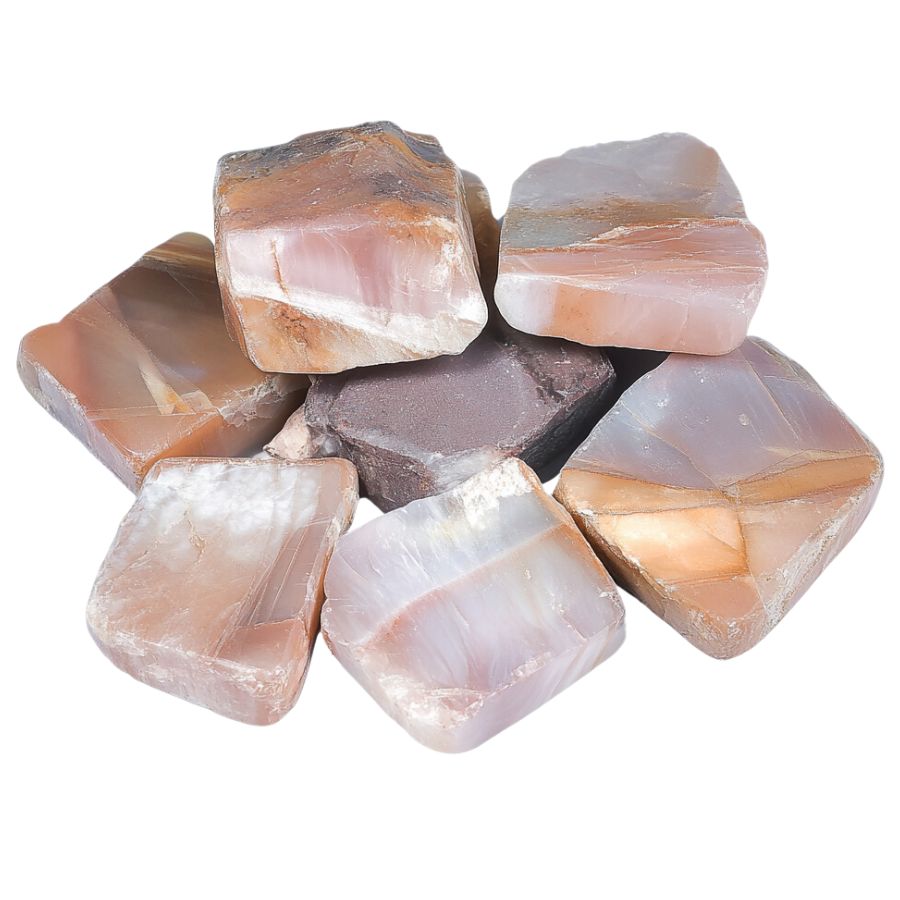
Look for a shiny surface. Moonstone usually has a glassy or waxy luster. It might not sparkle like a diamond, but it has a soft glow.
Hold it up to the light and see if it catches a gentle sheen. If you spot that smooth, silky look, you might have found one.
If you want REAL results finding incredible rocks and minerals you need one of these 👇👇👇
Finding the coolest rocks in isn’t luck, it's knowing what to look for. Thousands of your fellow rock hunters are already carrying Rock Chasing field guides. Maybe it's time you joined the community.
Lightweight, mud-proof, and packed with clear photos, it’s become the go-to tool for anyone interested discovering what’s hidden under our red dirt and what they've already found.
Join them, and make your next rockhounding trip actually pay off.
What makes it different:
- 📍 Find and identify 140 incredible crystals, rocks, gemstones, minerals, and geodes across the USA
- 🚙 Field-tested across America's rivers, ranchlands, mountains, and roadcuts
- 📘 Heavy duty laminated pages resist dust, sweat, and water
- 🧠 Zero fluff — just clear visuals and straight-to-the-point info
- ⭐ Rated 4.8★ by real collectors who actually use it in the field
Assess the Density and Weight
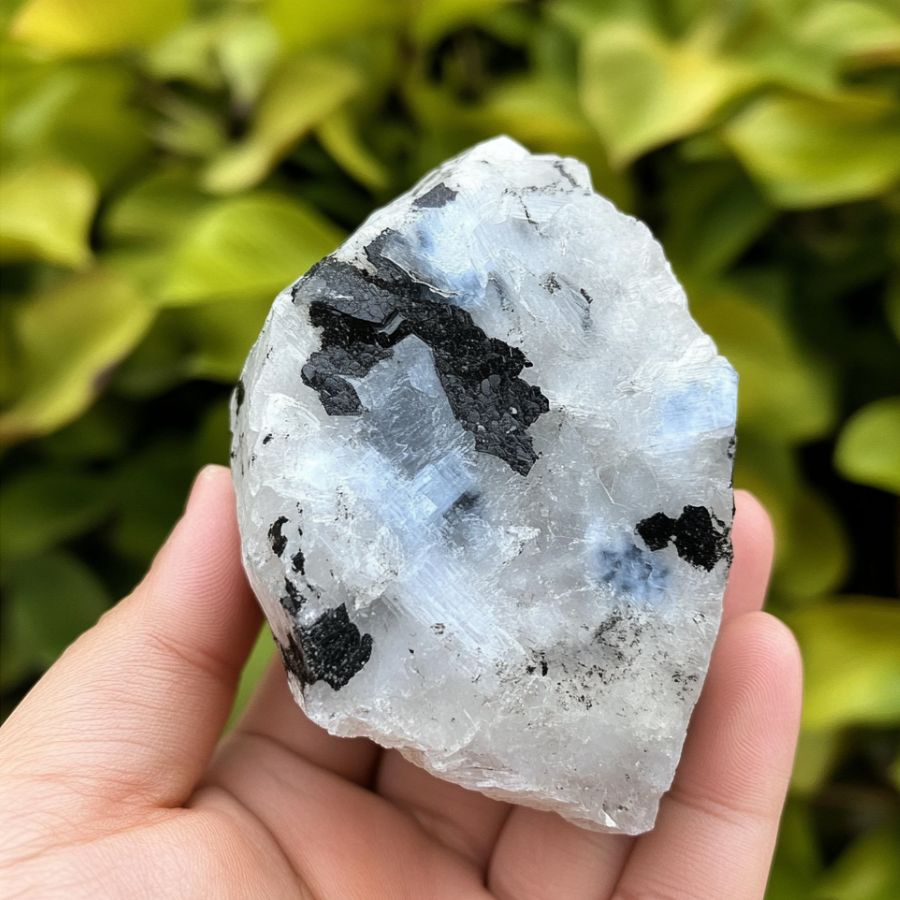
Moonstone feels relatively light for a gemstone. If you pick it up and it feels heavier than expected, it might not be moonstone.
The specific gravity ranges from 2.54 to 2.66, so it should feel somewhat light in your hand.
Notice the Blue or White Sheen
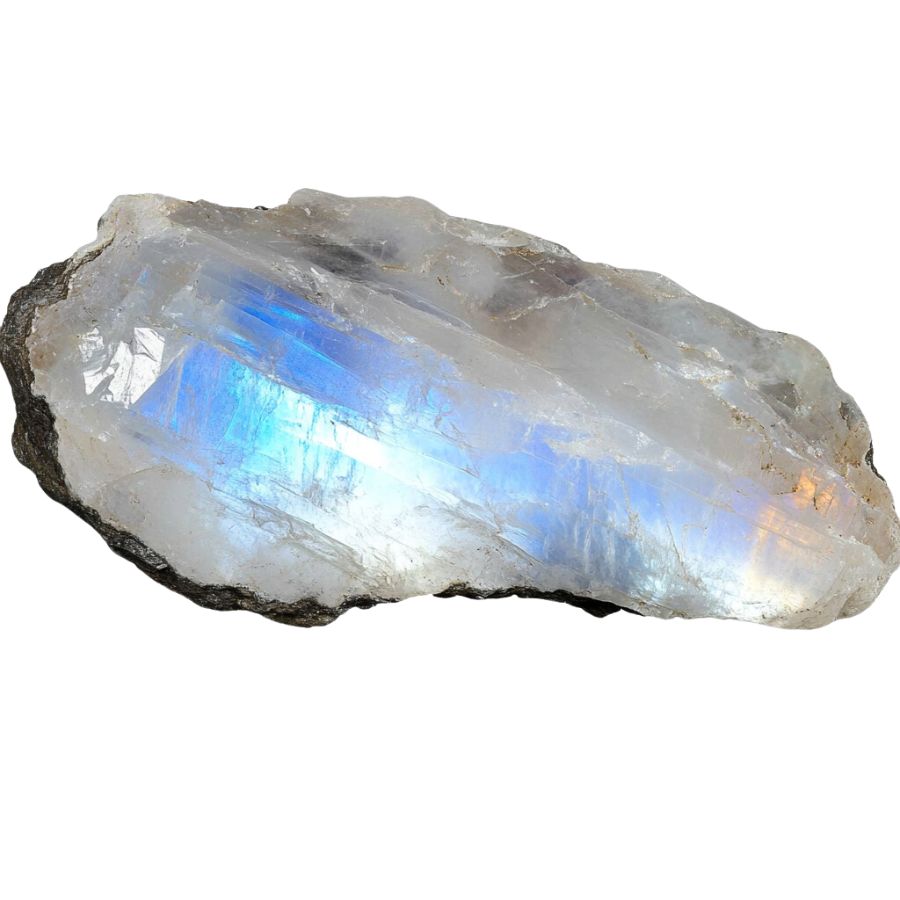
Tilt the stone in your hand. If you notice a blue or white sheen, that’s a good sign. Moonstone has something called adularescence. This is when light reflects inside the stone, creating a soft glow.
It’s one of the key features of moonstone, so keep an eye out for that flash of color.
Look for Rounded Edges
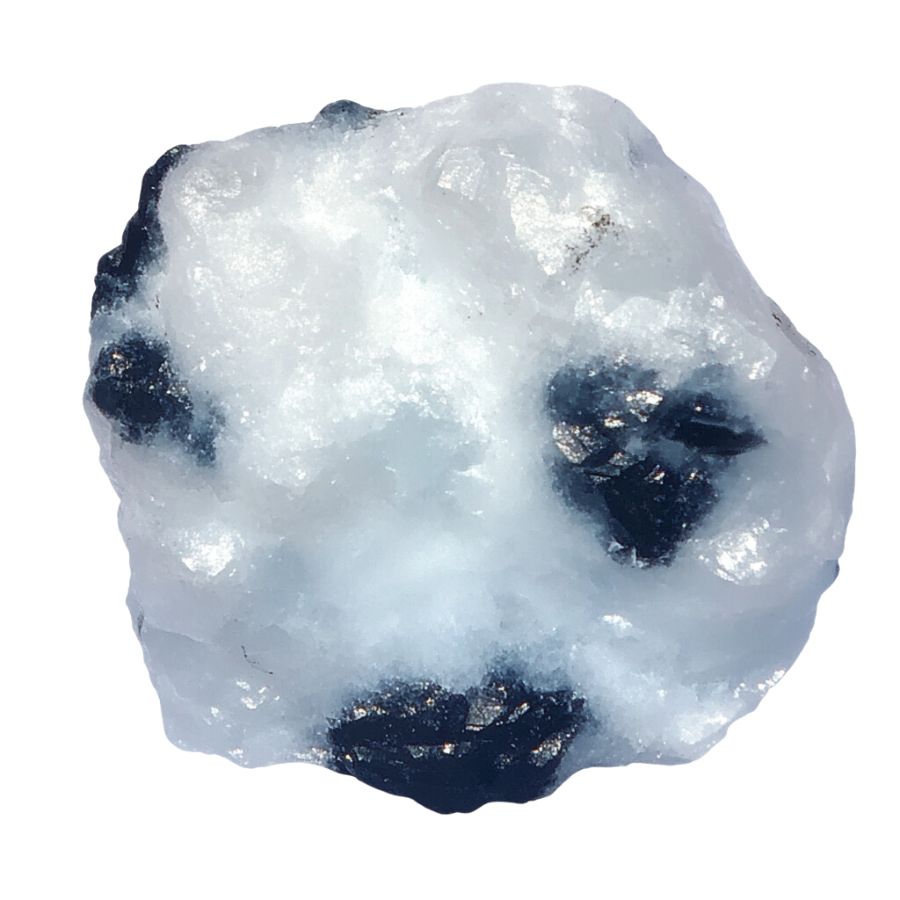
Notice the edges. Moonstone tends to have rounded edges, not sharp ones. This is due to the way it forms in nature.
The rounded shape makes it easier to spot when you’re searching. Keep an eye out for stones with soft, curved edges.
A Quick Request About Collecting
Always Confirm Access and Collection Rules!
Before heading out to any of the locations on our list you need to confirm access requirements and collection rules for both public and private locations directly with the location. We haven’t personally verified every location and the access requirements and collection rules often change without notice.
Many of the locations we mention will not allow collecting but are still great places for those who love to find beautiful rocks and minerals in the wild without keeping them. We also can’t guarantee you will find anything in these locations since they are constantly changing.
Always get updated information directly from the source ahead of time to ensure responsible rockhounding. If you want even more current options it’s always a good idea to contact local rock and mineral clubs and groups
Tips on Where to Look
When you reach the places we’ve listed below, keep these things in mind while searching:
Riverbeds and Streams
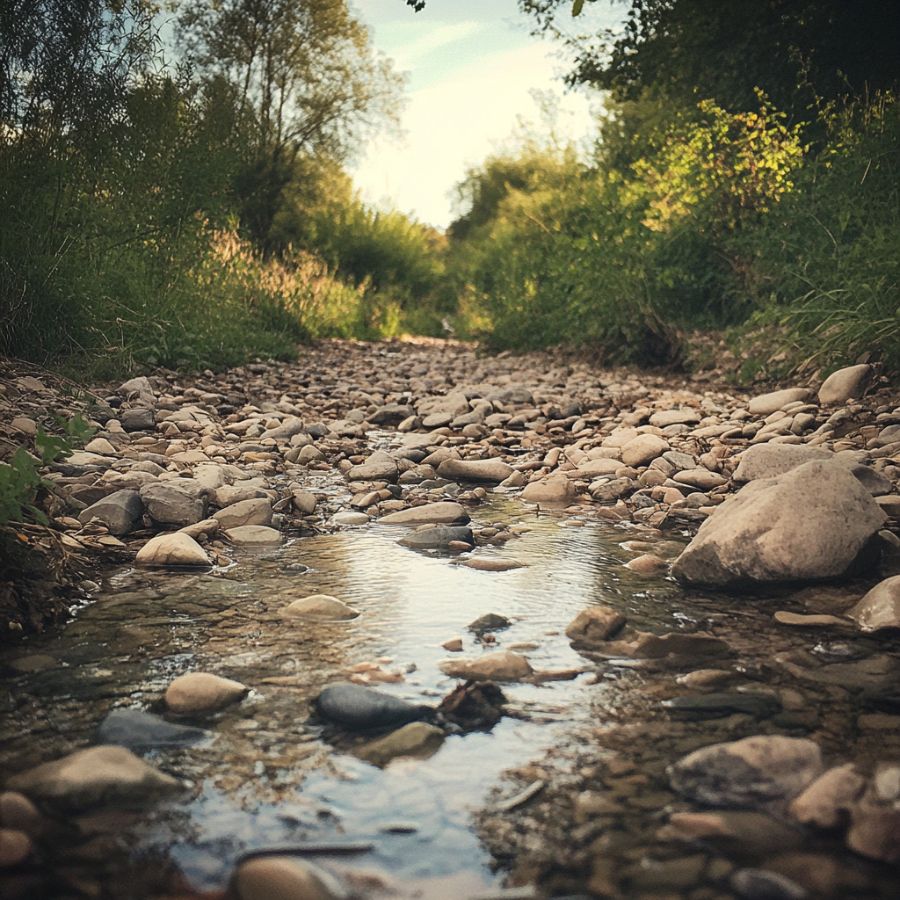
Check out riverbeds and streams. Moonstones can often be found in these areas.
They wash down from the mountains and settle in the gravel. Search along the edges, especially after heavy rain. It’s an easy way to start.
Sandy Beaches

Head to sandy beaches. Look where the sand meets rocks or pebbles. The constant movement of the water helps uncover hidden treasures.
You might find moonstones mixed in with other small stones. The search here can be fun and rewarding.
Old Quarries
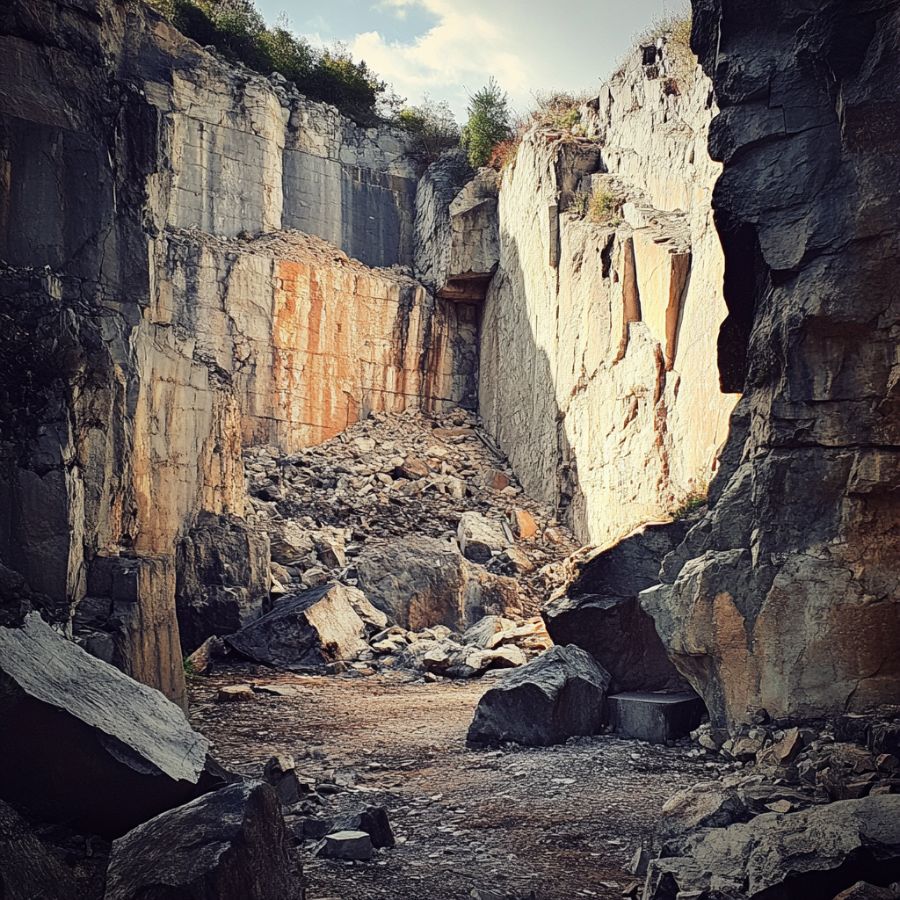
Visit old quarries. These places often have piles of loose rocks and gravel where moonstones might be hiding.
The digging and blasting might have already brought them to the surface. Just a little effort and you might find something cool.
Sedimentary Rocks
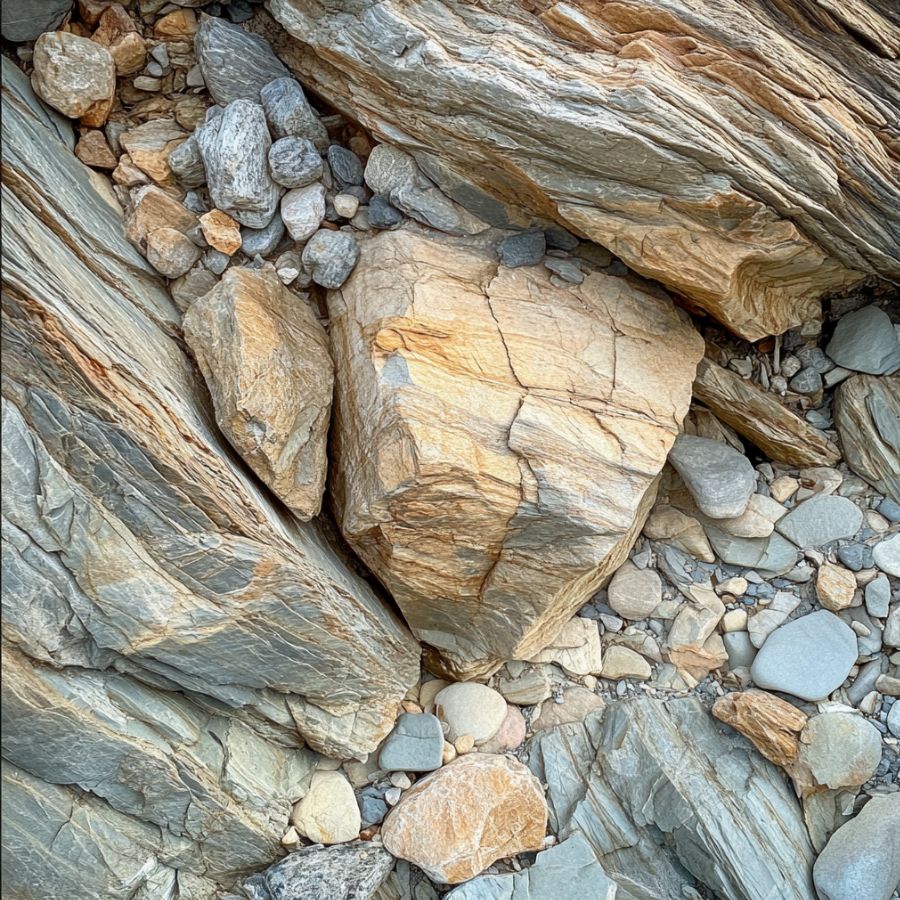
Check sedimentary rock areas. Moonstones form in these rocks, so they’re likely to be around.
Look for outcroppings or places where the rocks have broken apart. The stones might be easier to spot after some weathering.
The types of Moonstone can you find around the state
North Carolina is home to several types of moonstones, notably blue moonstones and green moonstones.
Blue Moonstone is highly valued for its striking appearance, characterized by a transparent body with a floating blue sheen that resembles moonlight. Blue moonstone is considered one of the most desirable varieties of moonstone, often sought after by collectors and jewelers alike.
Green Moonstone is less well-known but still appreciated for its beauty. It typically exhibits a pale green to yellow hue and may appear slightly hazy or clear.
Unlike blue moonstone, green moonstone does not display the same colorplay but is valued for its soothing color and calming properties.
Both types can be found in various locations across North Carolina, making the state a popular destination for gem enthusiasts.
Some Great Places To Start
Here are some of the top locations in North Carolina for finding moonstones. These sites offer excellent opportunities for rockhounding enthusiasts.
Always Confirm Access and Collection Rules!
Before heading out to any of the locations on our list you need to confirm access requirements and collection rules for both public and private locations directly with the location. We haven’t personally verified every location and the access requirements and collection rules often change without notice.
Many of the locations we mention will not allow collecting but are still great places for those who love to find beautiful rocks and minerals in the wild without keeping them. We also can’t guarantee you will find anything in these locations since they are constantly changing.
Always get updated information directly from the source ahead of time to ensure responsible rockhounding. If you want even more current options it’s always a good idea to contact local rock and mineral clubs and groups
North Branch Toe River
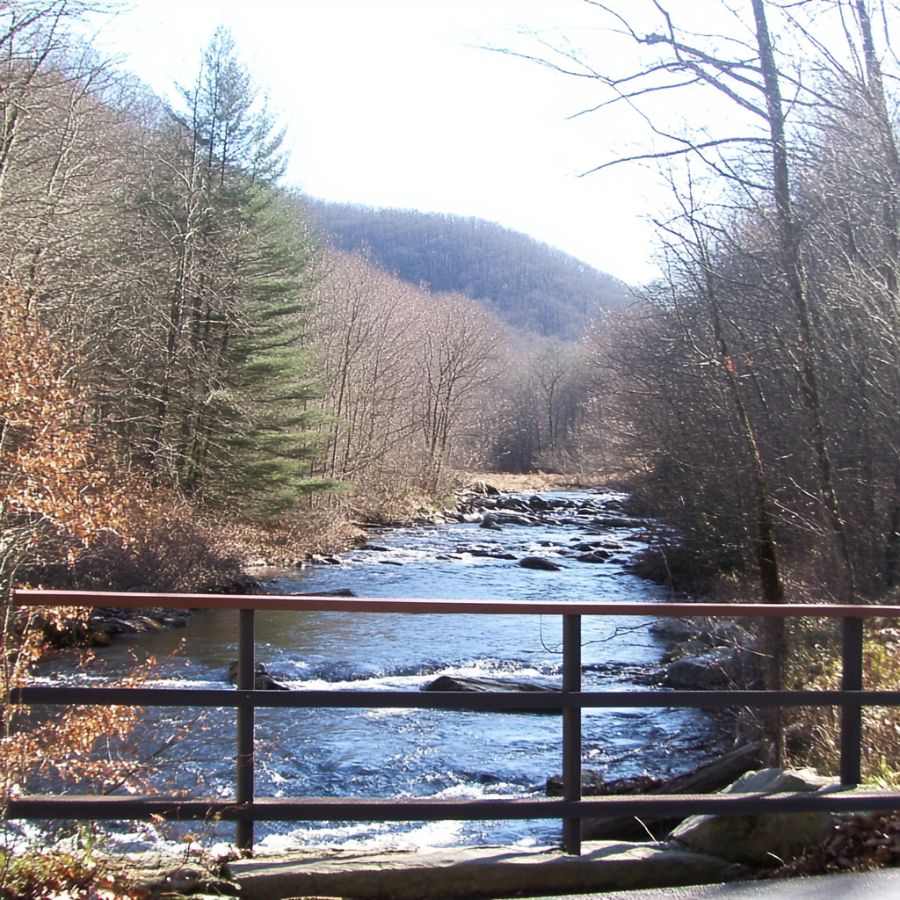
North Branch Toe River is a stream originating from the Sugar Gap between Bald Mountain and Sugar Mountain. It is located in the picturesque Appalachian Mountains of northwestern North Carolina.
The river’s geological diversity makes it a rock-hounding hotspot. As it flows through various rock formations, it exposes a wealth of minerals, including the sought-after moonstone.
The constant water movement uncovers these gems, making them accessible to keen-eyed hunters. It especially offers a unique opportunity to find moonstones among its gravels and creeks.
Beyond moonstones, the area is rich in other minerals, reflecting the complex geological history of the Appalachians. Road cuts and exposed rock faces along the river also provide promising search spots.
Mason Mountain
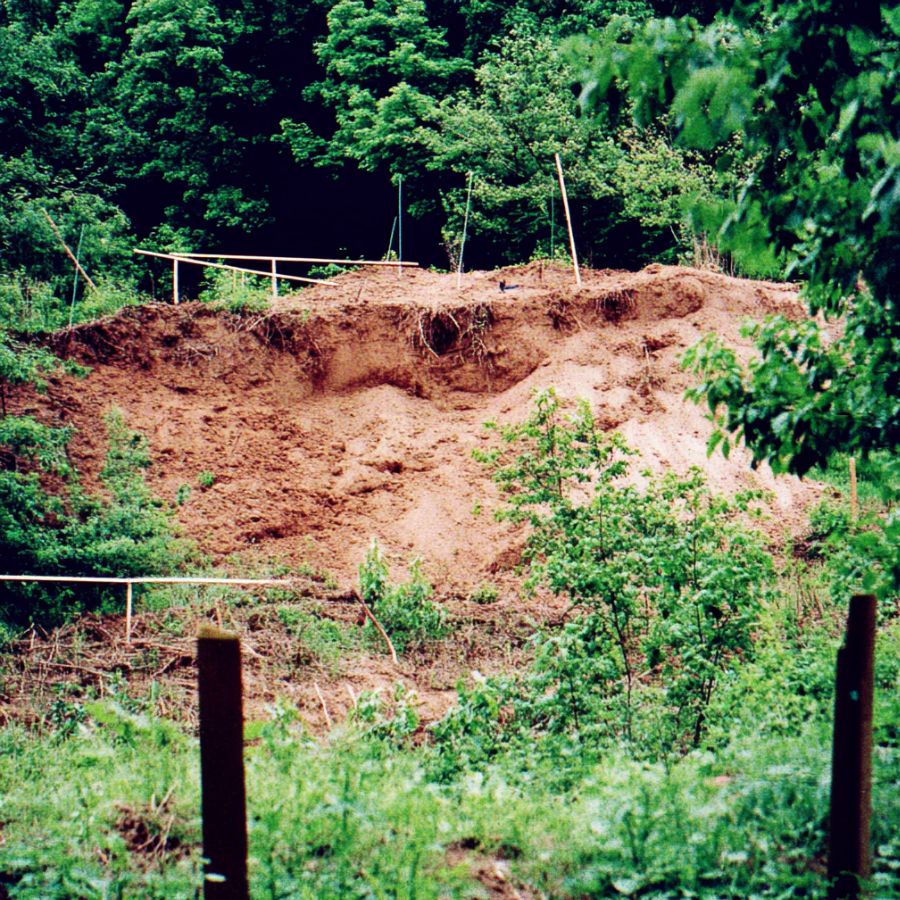
Nestled in the southwestern corner of North Carolina, Mason Mountain in Macom County is a rockhound’s paradise. This gem-rich destination is just a stone’s throw from the charming town of Franklin.
Mason Mountain’s claim to fame? It’s a hotspot for moonstones and other dazzling gems. Alongside moonstones, you might stumble upon rhodolite garnets, rubies, or even sapphires.
The mountain’s unique geology sets the stage for an exciting treasure hunt. Its native dirt and mineral-packed soil create the perfect conditions for gemstone formation.
Your best bet for finding these lunar-like beauties? Head to the native dirt pile, a favorite among seasoned rockhounds. Creeks and road cuts around the mountain are also promising spots.
As you sift through the earth, keep an eye out for the telltale pearly sheen of moonstones.
Rose Creek Mine
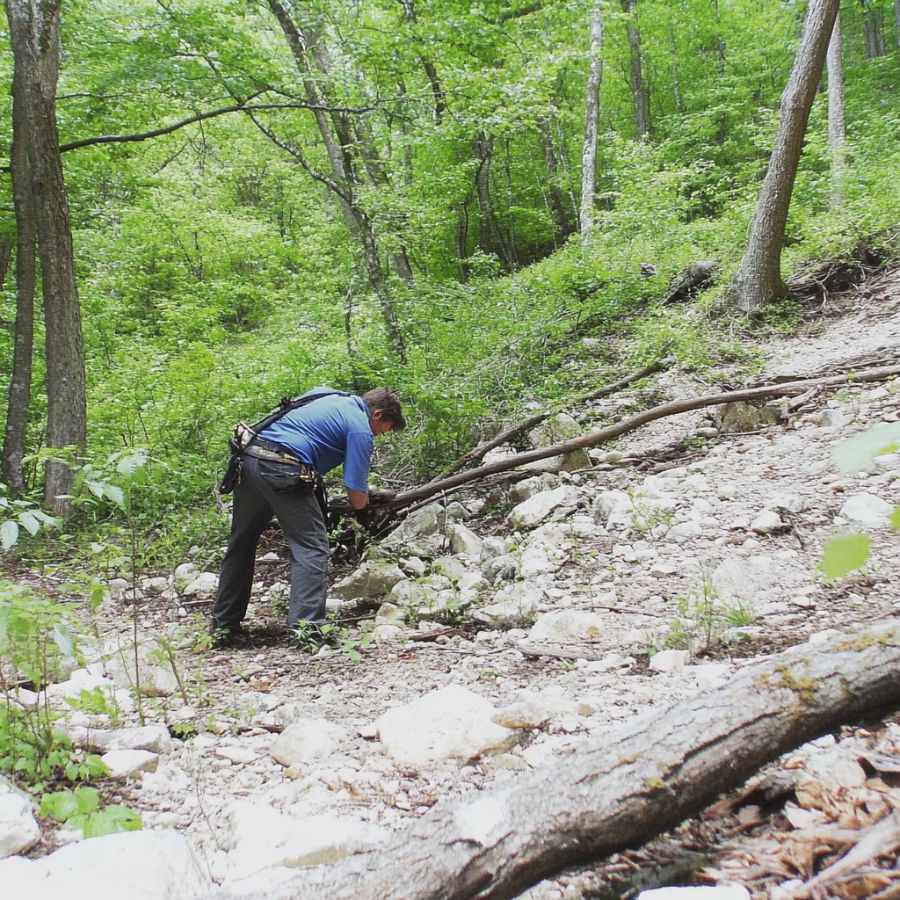
Located in the heart of the Smoky Mountains in western North Carolina, Rose Creek Mine is a rockhounding haven in Macon County. This public gem mine offers a unique opportunity to unearth moonstones along with other precious stones.
The site’s rich geological history stems from ancient metamorphic processes that formed the region’s diverse mineral deposits.
At Rose Creek, you can explore both native soil and enriched digging areas. The mine’s tunnels let you extract raw ore yourself, while the covered flume area is perfect for washing away dirt to reveal hidden treasures.
Moonstone hunters often find success in the gravelly creek beds scattered throughout the property. What makes Rose Creek special is its “unsalted” native soil option, giving you a genuine prospecting experience.
The mine’s location in a former mica mining area adds to its mineral wealth, increasing your chances of finding not just moonstones, but also garnets, quartz, and kyanite.
Meadow Mountain
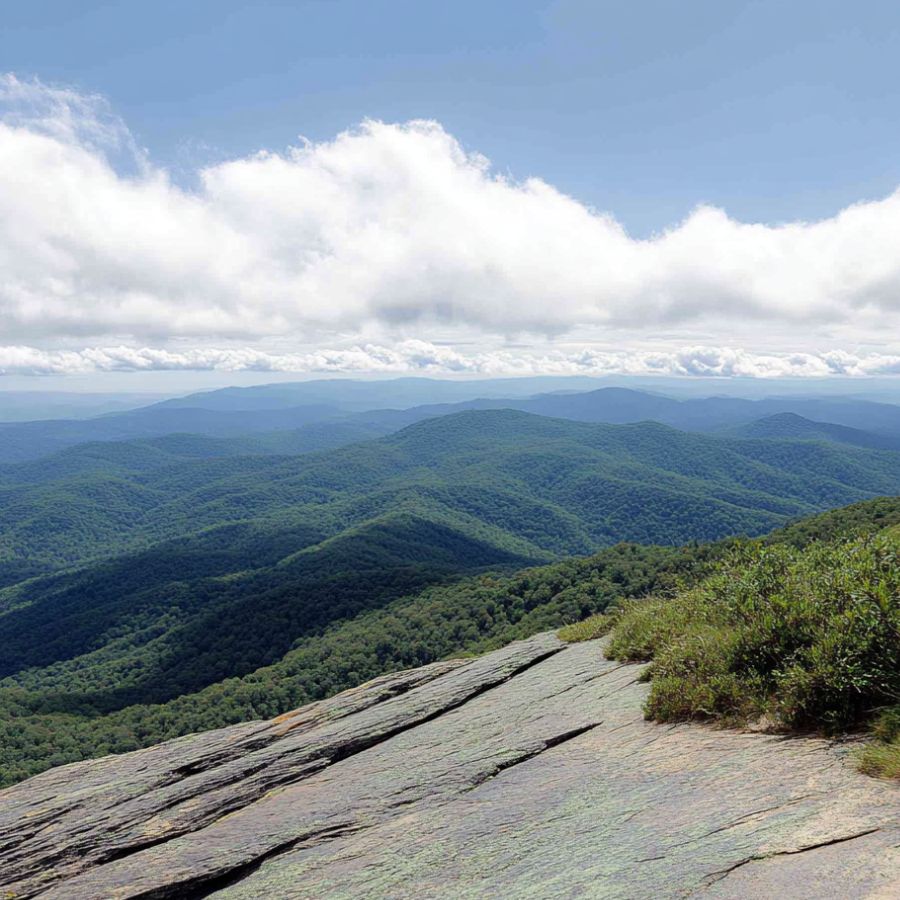
Meadow Mountain is an Appalachian gem, part of the Eastern Continental Divide, contributing to its rich mineral diversity. Moonstones, with their ethereal glow, have been discovered here, making it a hotspot for gem enthusiasts.
The mountain’s unique geology stems from ancient tectonic activity, creating a tapestry of rock formations ideal for gemstone formation. Erosion over millennia has exposed these treasures, making them accessible to modern-day prospectors.
Moonstone hunters often find success in the mountain’s gravelly creeks and along eroded slopes. The best spots are often near pegmatite outcrops, where these feldspar gems tend to form.
After a good rain is an optimal time to search, as it can wash away debris and reveal hidden stones.
Masons Branch
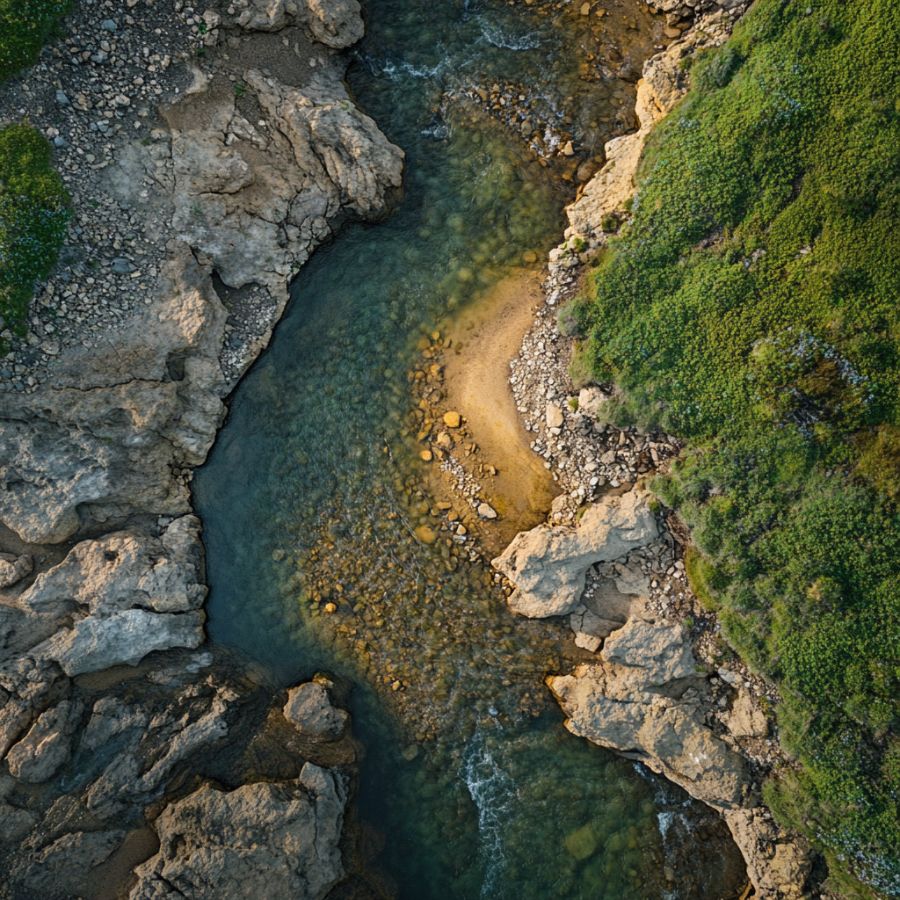
Masons Branch is a small stream winding through the communities of Iotla and Malonee Mill. The area’s geological diversity, featuring a mix of igneous and metamorphic rocks, creates an ideal environment for various gemstones.
While Masons Branch is renowned for its rhodolite garnet deposits, it’s also a promising spot for moonstone hunters.
The stream’s natural erosion exposes these shimmering treasures in its gravels and creek beds. Adventurous rockhounds can also explore nearby road cuts and exposed rock formations for potential finds.
The surrounding landscape, with its lush forests and rugged terrain, adds to the allure of the hunt.
As you search, keep an eye out for other minerals that call this area home. The thrill of discovery in this picturesque setting makes Masons Branch a must-visit location for gemstone seekers in North Carolina.
Places moonstone has been found by county
After discussing our top picks, we wanted to discuss the other places on our list. Below is a list of the additional locations where we have succeeded, along with a breakdown of each place by county.
| County | Location |
| Alexander | Blankenship Prospect |
| Avery | Bill Burleson farm |
| Avery | Cranberry Area |
| Cleveland | Shelby Area |
| Franklin | Moonstone Gem Mine |
| Franklin | Old Cardinal Gem Mine |
| Mitchell | Lick Ridge on McKinney Cove road |
| Mitchell | Sinkhole Mine |
| Mitchell | Glen Ayre at the Biddix place |
| Stokes | Big Creek Area |
| Swain | area around Deep Creek Church |
| Swain | Franklin Grove church area |
| Yancey | Ray Mica Mine |

